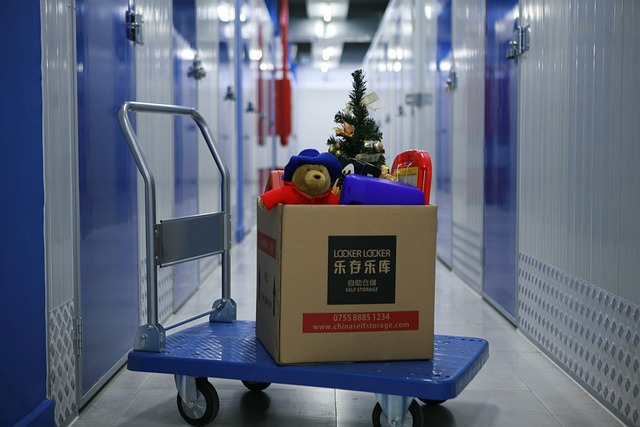The primary purpose of self-storage is to offer a secure and safeguarded solution for storing your possessions. You anticipate that your belongings will remain intact and undamaged throughout their time in storage. Nevertheless, it is important to acknowledge that various factors like wear and tear, environmental exposure, and other elements can contribute to the degradation and deterioration of your items over the course of time.
Pests can significantly impact the state of your stored possessions, regardless of whether or not you regularly inspect them. Their detrimental effect may go unnoticed, making prevention crucial for maintaining a pest-free storage unit and ensuring the safety and security of your belongings. If you are a student going away for the Summer, consider using self storage for students.
Organize Your Possessions in Appropriate Receptacles
When storing your possessions, using regular cardboard boxes can make it simple for pests to get inside. In fact, certain pests might even be attracted to the cardboard itself. To provide the highest level of protection for your belongings, it is recommended to opt for plastic containers that can be tightly sealed. It is important to select plastic containers of good quality. Even persistent rodents will be unable to chew through strong and durable plastic.
Nevertheless, it is important to note that utilizing these storage containers may increase the susceptibility of your belongings to mold and mildew. To mitigate this risk, ensure that all items are thoroughly dried before being placed in the container. Additionally, it is advisable to include a desiccant or dehumidifying agent within the container before sealing it. It is worth noting that the majority of storage units lack climate control, thereby subjecting the stored items to fluctuating temperature and humidity levels, thereby heightening the risk of mold formation.
Make Sure to Launder Your Textiles Before Putting Them Away for Storage
Fabrics or textiles tend to be more susceptible to pests compared to durable items. To safeguard clothing, linen, upholstered furniture, and other textile-based items, it is essential to thoroughly wash or clean them in accordance with the manufacturer’s guidelines prior to storing them.
When it comes to fabric items, it is important to clean them thoroughly before storing them, especially if you want to prevent potential pests from entering your storage unit. Additionally, make sure that the items are completely dry before placing them in storage, as even a slight dampness or moisture can make them susceptible to mold and mildew. For added protection, consider vacuum-sealing fabric items in plastic wrap prior to storage.
Examine the Storage Unit
Conduct a comprehensive examination of the storage unit, paying close attention to any indications of pest activity, such as droppings or nesting materials. Although directly observing pests may be difficult, it is crucial to identify signs that pests have infested the area. Additionally, inspect the unit for any cracks, holes, or openings that pests could exploit to enter. It is essential to seal these openings before storing your belongings.
Thoroughly clean the entire unit, ensuring that all dust, debris, and dirt are removed. It is advisable to use insecticide to eliminate any insects that may be present. Additionally, it is recommended to inspect the surroundings. The presence of pest control boxes is an indication that proactive steps are being taken to prevent pests from entering the storage units.
Avoid keeping Food And Perishable items in storage.
Pests are attracted to food, particularly perishable items. While it may seem clear that one should not store such items in a storage unit, it is surprising how many people actually do. This includes plants, pet food, or any other items that pests find appetizing.

